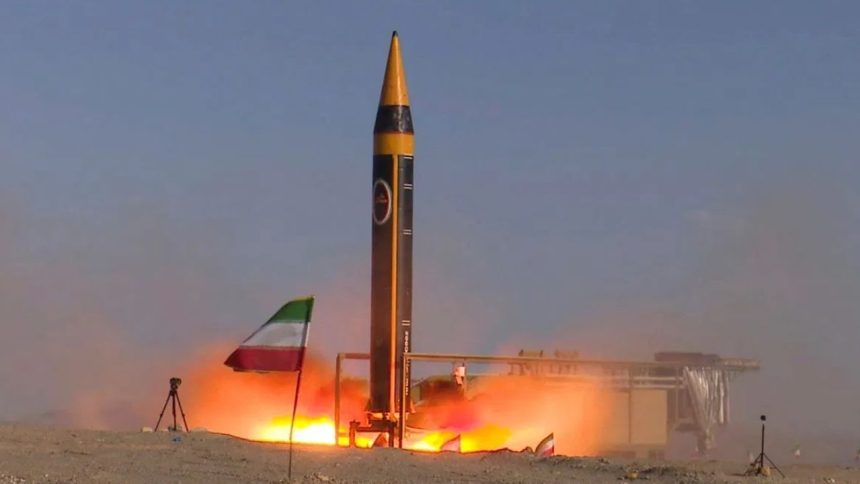
New Delhi: The ongoing conflict between Israel and Iran reached a dangerous new phase as Iran launched a barrage of ballistic missiles in retaliation for Israeli strikes on its nuclear facilities and key military figures. While Israeli air defence systems intercepted many of the incoming missiles, several managed to breach its shield, striking central Tel Aviv and other populated areas, causing significant damage and civilian casualties.
This unprecedented use of ballistic missiles has drawn global attention not only for its political and strategic implications but also for the nature of the weapons themselves. Ballistic missiles are among the most advanced and feared tools of modern warfare, and understanding how they work sheds light on why they are so devastating — and so difficult to stop.
Long-range projectiles
Ballistic missiles are long-range projectiles designed to deliver conventional or nuclear warheads over vast distances. Unlike cruise missiles, which fly low and manoeuvre like unmanned aircraft, ballistic missiles are launched almost vertically, exiting the Earth’s atmosphere before re-entering at high speeds to strike their target. Their trajectory is curved, hence the term “ballistic”, and once launched, they follow a fixed path determined by physics and gravity, not guided propulsion.
The process begins with a powerful rocket boost phase, during which the missile is propelled into the upper atmosphere or even space. Once the engines shut off, the missile enters what is known as the midcourse phase, where it coasts at high altitude, often outside the Earth’s atmosphere. It is during this phase that the warhead — or multiple warheads — separate from the missile body, along with any decoys or countermeasures designed to confuse enemy radar. The final stage is the terminal phase, where the warhead re-enters the Earth’s atmosphere at hypersonic speeds and descends rapidly toward the target.
Speeds often exceed Mach 5
These speeds, often exceeding Mach 5, make ballistic missiles extremely difficult to intercept. In the case of Iran’s attack on Israel, the approximate distance of 1,300 to 1,500 kilometre means that a missile travelling at hypersonic speed could reach its target in less than 15 minutes. Such a narrow window of time puts immense pressure on air defence systems to detect, track, and neutralise the threat.
Despite Israel’s multi-layered missile defence architecture — including the Iron Dome for short-range threats, David’s Sling for medium-range missiles, and the Arrow system for long-range ballistic threats — the sheer number and speed of Iran’s missiles allowed some to penetrate. These defences are highly advanced, relying on radar tracking and interceptor missiles, but even the best systems are not foolproof against large-scale or complex attacks.
Ballistic missiles are harder to stop
Unlike ballistic missiles, cruise missiles — also used by Iran — fly at lower altitudes and much slower speeds, often taking hours to reach distant targets. However, their ability to manoeuvre and fly under radar makes them difficult to detect until the last moment. Ballistic missiles, while more predictable in path, are harder to stop because of their high speed and vertical descent.
Iran’s missile programme is considered one of the most advanced in the Middle East, with a wide variety of models developed over decades, including the Shahab, Fateh, and Khorramshahr series. Some of these have ranges that can strike deep into enemy territory, and they are equipped with varying payload capacities. Israel, too, possesses an arsenal of long-range ballistic missiles, including the Jericho series, with some believed to be capable of carrying nuclear warheads.




